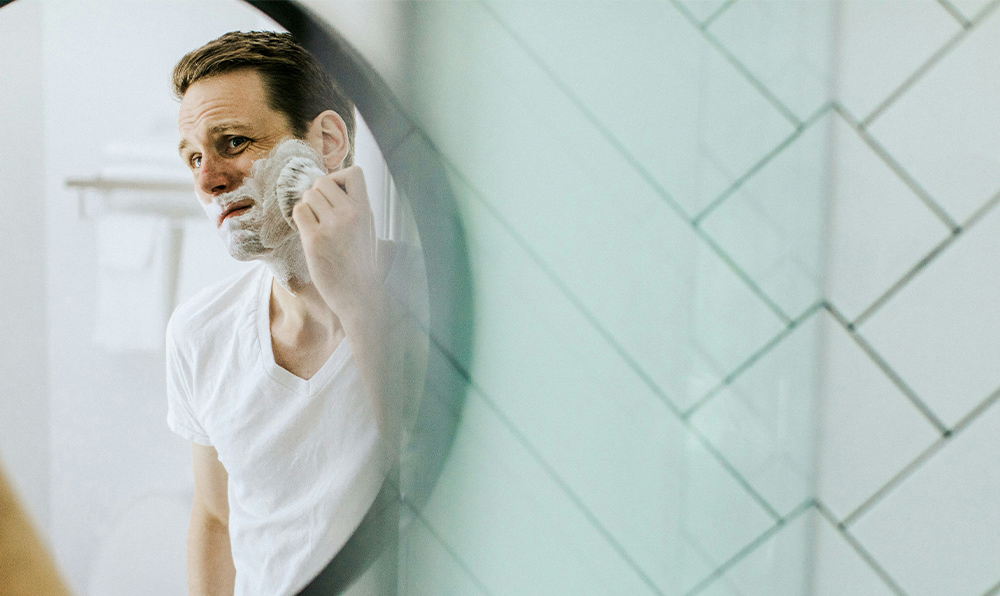
Mole Care Matters: A Man’s Guide to Monitoring and Maintaining Healthy Skin
Mole Care Matters: A Man’s Guide to Monitoring and Maintaining Healthy Skin
In a world where self-care and health awareness are gaining more prominence, it’s essential for everyone, regardless of gender, to pay attention to their skin health. While skincare routines often focus on cleansing, moisturising, and protection from the sun, there’s one aspect that’s frequently overlooked: moles. These small, pigmented spots on the skin may seem insignificant, but they can hold vital clues about our health. In this guide, we’ll delve into the importance of monitoring moles and how men can take proactive steps in mole care. We’ll also explore the role of specialised facilities like a mole clinic in London in ensuring comprehensive skin health.
Understanding Moles: What Every Man Should Know
Moles, medically known as nevi, are clusters of pigmented cells that appear as small, dark spots on the skin. They can vary in size, shape, and colour, ranging from tan to brown to black. While most moles are harmless, some may indicate underlying health issues, including skin cancer. Therefore, it’s crucial to understand the different types of moles and monitor them regularly.
Types of Moles
Normal Moles: These are common moles that are typically harmless. They’re usually round or oval-shaped with a smooth edge and uniform colour.
Atypical Moles: Also known as dysplastic nevi, atypical moles may have irregular borders, uneven colouration, and a larger size than normal moles. While most atypical moles are benign, they have a higher risk of developing melanoma, a type of skin cancer.
Congenital Moles: These moles are present at birth or develop shortly thereafter. They can vary in size and may be associated with an increased risk of melanoma, depending on their size and location.
Why Monitoring Moles Matters
Regularly monitoring moles is crucial for the early detection of skin cancer, including melanoma. Melanoma is the deadliest form of skin cancer, but when detected early, it’s highly treatable. By paying attention to changes in the size, shape, colour, or texture of moles, individuals can identify potential warning signs of melanoma and seek medical attention promptly.
Mole Care Tips for Men
As part of a comprehensive skincare routine, men should incorporate mole care into their regimen. Here are some essential tips:
Regular Skin Checks: Conduct monthly skin checks to examine moles and other skin abnormalities. Use a mirror to inspect areas that are difficult to see, such as the back, scalp, and buttocks. Pay attention to any changes in moles, including new moles, growth in size, irregular borders, and changes in colour or elevation.
Sun Protection: Protect your skin from harmful UV rays by wearing sunscreen with a high SPF rating, seeking shade during peak sun hours, and wearing protective clothing, such as hats and long-sleeved shirts.
Avoid Tanning Beds: Tanning beds emit harmful UV radiation that can increase the risk of skin cancer, including melanoma. Avoid using tanning beds and opt for safer methods of achieving a tan, such as self-tanning products.
Healthy Lifestyle: Maintain a healthy lifestyle by eating a balanced diet, staying hydrated, getting regular exercise, and avoiding tobacco products. A healthy lifestyle can contribute to overall skin health and reduce the risk of skin cancer.
The Role of a Mole Clinic London
While self-monitoring is essential, individuals should also seek professional guidance for comprehensive skin health assessment. Mole clinics, such as those in London, provide specialised services for mole evaluation, diagnosis, and treatment. These clinics are staffed by dermatologists and skin specialists who are trained to identify suspicious moles and perform necessary procedures, such as mole removal and biopsy.
Facilities like a mole clinic London offer specialised services and expertise to ensure comprehensive skin assessment and peace of mind. Remember, when it comes to skin health, mole care matters.
Services Offered by Mole Clinics
Mole Mapping: Mole mapping involves photographing and documenting all the moles on a patient’s body to track changes over time accurately. This technique is particularly useful for individuals with a high risk of melanoma or a large number of moles.
Dermoscopic Examination: Dermoscopy is a non-invasive technique that allows dermatologists to examine moles in detail using a specialised tool called a dermatoscope. This method enables better visualisation of mole structures and helps differentiate between benign and malignant moles.
Biopsy and Histopathological Analysis: If a mole appears suspicious, a biopsy may be performed to remove a sample of tissue for further analysis. The tissue sample is examined under a microscope to determine if it contains cancerous cells.
Conclusion
Incorporating mole care into your skincare routine is crucial for maintaining healthy skin and early detection of skin cancer. By understanding the different types of moles, monitoring changes, and seeking professional evaluation when needed, men can take proactive steps to preserve their skin health.
By prioritising mole care and seeking professional evaluation when necessary, men can take proactive steps to preserve their skin health and reduce the risk of skin cancer. Facilities like a mole clinic in London offer specialised services and expertise to ensure comprehensive skin assessment and peace of mind. Remember, when it comes to skin health, mole care matters.






